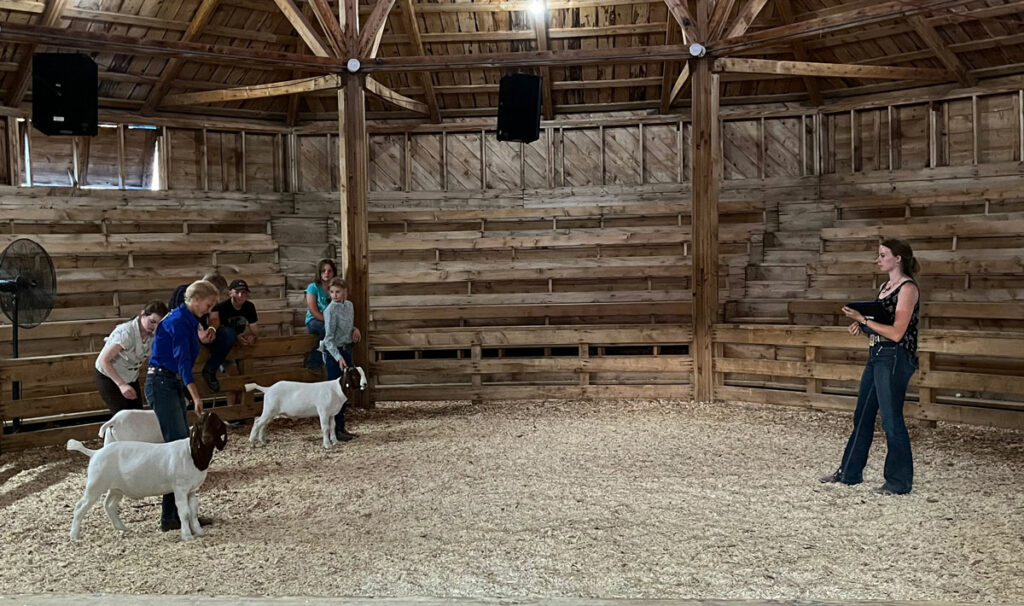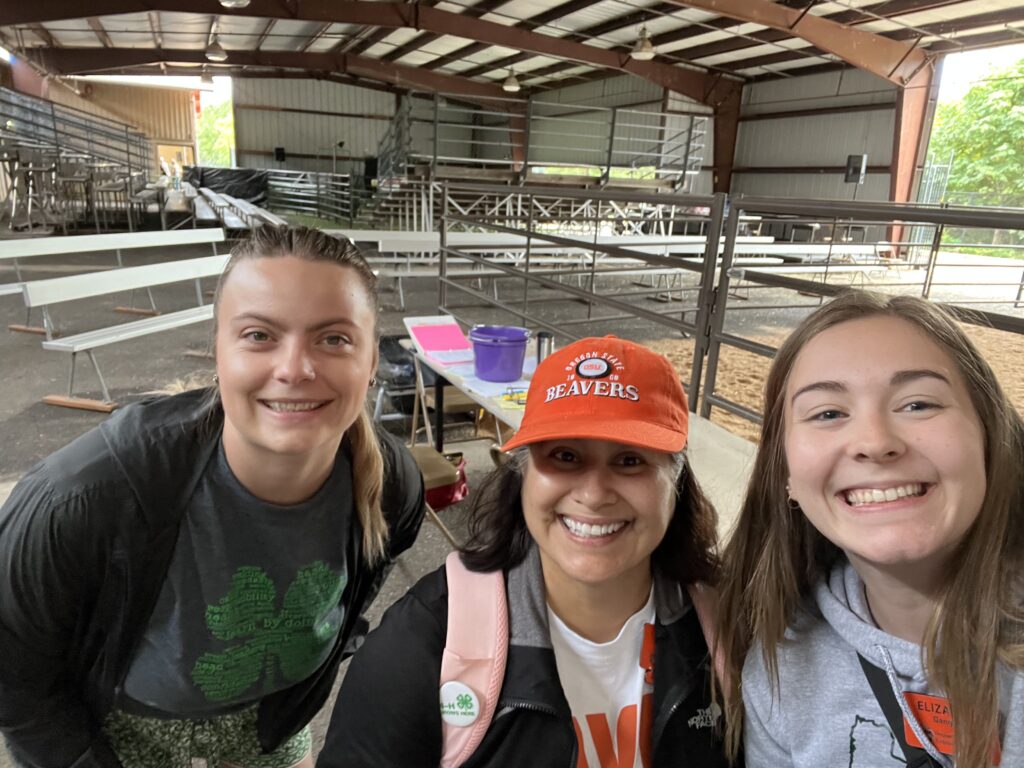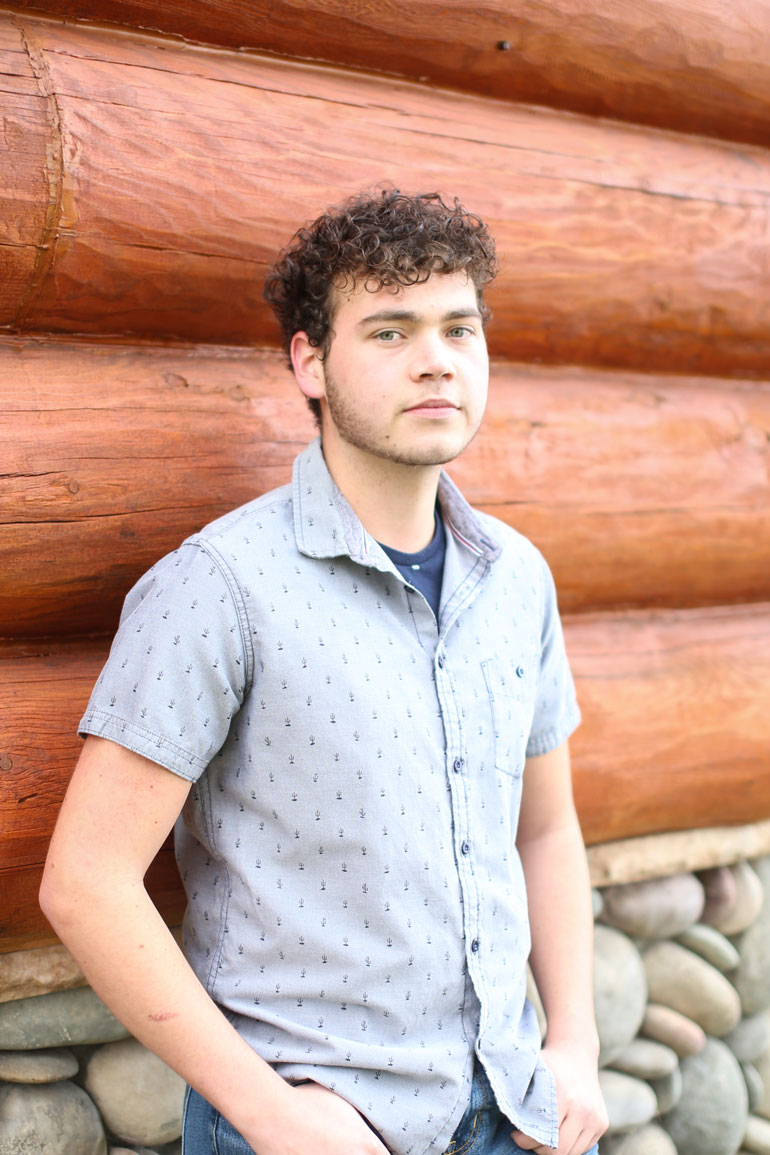
Photo credit Brittany Williams.
Hello, my name is Daisy O’Hearn and I am currently serving as an OSU Extension intern for Lincoln County. As a political science major with a double minor in legal studies and nonprofit administration, I have always been eager to explore the nonprofit sector more deeply. I am excited about this internship as it offers an amazing chance to explore this field, specifically focusing on my involvement in the 4-H program.
The county fair, which took place from June 30 to July 2, has been the highlight of my internship so far. This event has been instrumental in honing my skills and gaining invaluable experience. Before the fair, I organized a clinic where I was able to teach young individuals how to shear their sheep and offer them essential tips for a successful fair experience. During the fair, I played an active role in helping set up and manage the 4-H segment, ensuring smooth operations and memorable experiences for participants. I took on various responsibilities, including assisting our Extension agent, supporting judges and serving as a reliable point of contact for any questions or concerns.
This internship offers me several rewarding opportunities. First, it provides valuable insights into the behind-the-scenes aspects of the field and the OSU Extension Office. I also have the privilege of giving back to younger individuals, just as other adults did for me when I was in the program. Furthermore, I’ve had the chance to collaborate with fellow program alumni and individuals I grew up with who are all returning to Lincoln County to contribute and provide assistance.
Looking ahead, I am thrilled to embark on an exciting journey of creating clinics and workshops that will greatly benefit the youth in our county. These informative sessions will aim to equip the young individuals in Lincoln County with valuable skills and knowledge, empowering them to thrive in their respective fields. I have plans to make these workshops accessible online, ensuring they serve as a lasting resource for future generations of students. Lincoln County is actively supporting the future success of the 4-H youth by equipping them with the necessary tools for achievement.
The possibilities that are ahead in this internship are exciting and I am happy to learn more about OSU Extension Service!













